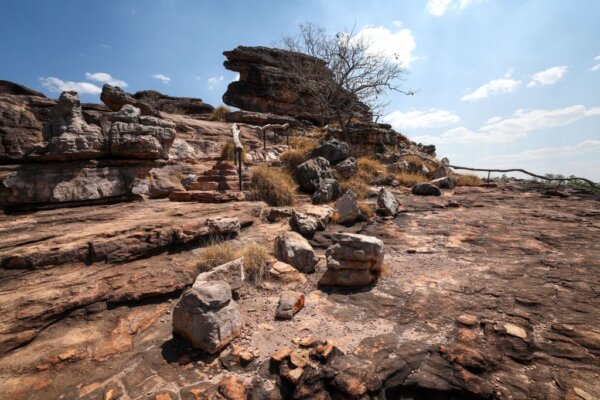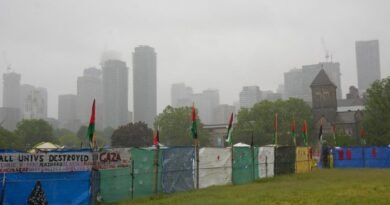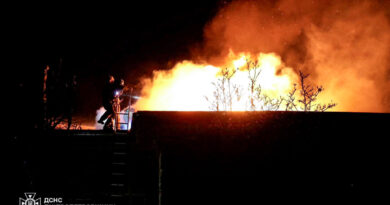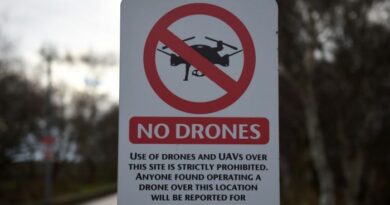Do Government Departments Believe They Are Exempt from the Laws They Create?
Federal authorities in the Northern Territory are facing a lawsuit for damage caused to a sacred Indigenous site.
In a significant ruling under Northern Territory (NT) law, a federal government official has been held accountable for damage to a sacred Indigenous site, potentially setting a precedent for the protection of such sites.
The lawsuit revolved around damage allegedly caused by Parks Australia during the construction of a walkway near a sacred men’s site close to Gunlom Falls in Kakadu National Park in 2019, a popular waterfall featured in the movie “Crocodile Dundee.”
Despite Parks Australia offering an apology and agreeing to redirect the track away from the sacred site, the Aboriginal Areas Protection Authority sought criminal accountability.
In response, the Authority pressed charges against the National Parks director in 2020, leading to the NT Supreme Court determining that the work was not properly authorized under the Sacred Sites Act.
However, Parks Australia successfully argued its immunity as a Commonwealth entity, claiming it could not be legally responsible for the damage under Territory law. Subsequently, the Authority appealed this decision.
The Solicitor-General highlighted that Australian governments cannot create laws binding each other, and emphasized that government entities, in this case, were protected from criminal liability.
Officials, Not Departments, Are Liable Under the Law
Contrary to the High Court’s decision, officers could face liability under the law, even though government entities could not. The Court justified this by considering the Director of National Parks as a body corporate under the Environment Protection and Biodiversity Conservation Act.
Therefore, liability could be imposed as the Sacred Sites Act prohibits actions by a “person,” which includes a body corporate based on the Interpretation Act.
Although there is a common law presumption that statutes do not apply to the Crown, the Sacred Sites Act expressly refuted this notion, according to the Court.
With the ruling in place, the director of National Parks could face a significant fine under the Scared Sites Act.
How Are ‘Sacred Sites’ Determined?
The Aboriginal Areas Protection Authority, operating for over 40 years, is responsible for safeguarding sacred sites across the NT. These sites hold deep cultural significance under Aboriginal tradition.
The Authority’s role includes recording identified sacred sites, issuing Authority Certificates to govern work near these sites, and investigating and prosecuting any damages inflicted on them.
Consultations with Aboriginal custodians ensure that proposed developments respect sacred sites and adhere to traditional practices, promoting a harmonious balance between preservation and progress.
While sacred sites may permit visitors, their management by Aboriginal custodians ensures their preservation and adherence to cultural traditions.



